- Growing Lychee Trees: Key Considerations
- Climate
- Soil
- Watering
- Sunlight
- Fertilization
- Pollination
- Pruning
- Pests and Diseases
- Harvesting
- Soil and Climate Requirements for Lychee Plantation
- Soil Requirements:
- Climate Requirements:
- Pruning and Fertilization Techniques for Lychee Trees
- Pruning Techniques
- Fertilization Techniques
- Conclusion
- Common Pests and Diseases Affecting Lychee Plants
- Harvesting and Handling Lychee Fruit
- 1. Timing
- 2. Harvesting
- 3. Handling
- 4. Storage
- 5. Cleaning
- 6. Enjoying
- Health Benefits of Consuming Lychee
- 1. Rich Source of Antioxidants
- 2. Boosts Immunity
- 3. Improves Digestive Health
- 4. Promotes Healthy Skin
- 5. Boosts Brain Function
- 6. Weight Loss Aid
- 7. Heart Health
- 8. Cancer Prevention
- Incorporating Lychee into Your Diet: Recipes and Ideas
- Fresh Lychee Salad
- Lychee Smoothie
- Lychee Infused Water
- Lychee and Shrimp Stir-Fry
- Q&A:
- What is lychee?
- How is lychee cultivated?
- What are the health benefits of lychee?
- Can lychee be consumed by people with diabetes?
- When is the lychee season?
- Video: Answering the question: How big does a lychee tree need to be in order to produce fruit?
The lychee is a tropical fruit that is highly prized for its sweet and tangy taste. It is native to Southeast Asia and has been cultivated for centuries in countries like China and Thailand. In recent years, lychee cultivation has spread to other parts of the world, including the United States and Australia. This article will explore the process of lychee cultivation and the health benefits associated with consuming this delicious fruit.
Lychee trees are typically grown in warm and humid climates, as they require a long growing season and cannot tolerate frost. The trees can reach a height of up to 40 feet and produce small, round fruits with a rough, red rind. Inside the rind is a juicy, translucent flesh that is sweet and aromatic. The flesh surrounds a large seed, which should not be consumed.
Lychee trees require well-drained soil and regular watering to thrive. They are usually planted in orchards or groves and are propagated through grafting or air layering. The trees take several years to reach maturity and start producing fruit, with optimal production occurring between 10 and 20 years of age. Once the fruits ripen, they are harvested by hand to avoid damaging the delicate skin.
In addition to being delicious, lychees offer a range of health benefits. They are a good source of vitamin C, which is essential for immune function and collagen production. The fruit is also rich in antioxidants, which can help protect against cell damage and reduce the risk of chronic diseases like heart disease and cancer. Lychees are low in calories and high in fiber, making them a healthy choice for those watching their weight or looking to improve digestion.
In conclusion, lychee cultivation is a fascinating process that requires specific growing conditions and careful harvesting. The fruits themselves are not only delicious but also provide numerous health benefits. Whether enjoyed fresh, in a fruit salad, or blended into a smoothie, lychees are a perfect addition to a balanced diet.
Growing Lychee Trees: Key Considerations
Cultivating lychee trees requires careful planning and consideration. Here are some key factors to keep in mind when growing lychee trees:
Climate
Lychee trees thrive in tropical and subtropical climates. They require warm temperatures with no frost, an average annual temperature of 68-86°F (20-30°C), and a winter temperature range of 32-64°F (0-18°C). If you live in a cooler region, you may need to grow lychee trees in a greenhouse or container indoors.
Soil
Lychee trees prefer well-draining soil with a pH of 5.0-7.5. The soil should be rich in organic matter and have good water retention capacity. Sandy loam or loamy soil that is fertile and has good moisture-holding capacity is ideal for lychee cultivation.
Watering
Lychee trees have a high water requirement, especially during the growing season. They need regular watering to keep the soil moist but not waterlogged. A general rule of thumb is to water the trees deeply once a week. However, the frequency may vary depending on the climate and soil conditions.
Sunlight
Lychee trees need full sun exposure for at least 6-8 hours a day to thrive. It is important to choose a location where the trees will receive ample sunlight throughout the day. Lack of sunlight can affect fruit production and the overall health of the trees.
Fertilization
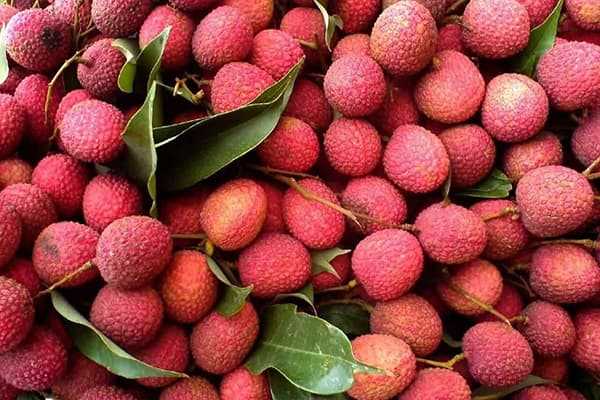
Lychee trees have high nutritional requirements. Regular fertilization is essential for their healthy growth and fruit production. Use a balanced fertilizer with a ratio of nitrogen, phosphorus, and potassium (NPK) of 8-8-8 or 14-14-14. Apply the fertilizer in early spring and again in early summer.
Pollination
Most lychee varieties are self-pollinating, but cross-pollination can improve fruit set and yield. If you are growing multiple lychee trees, be sure to plant different varieties to increase the chances of cross-pollination. You can also hand-pollinate the flowers using a small brush or by gently shaking the branches to release pollen.
Pruning
Regular pruning is essential to maintain the shape and size of lychee trees. Prune the trees in the dormant season to remove dead or diseased branches and to promote air circulation and light penetration. Be careful not to over-prune, as this can reduce fruit production.
Pests and Diseases
Lychee trees are susceptible to various pests and diseases, including aphids, mites, fruit flies, and fungal infections. Monitor your trees regularly and take appropriate measures to control pests and diseases, such as using organic pest control methods or applying suitable fungicides when necessary.
Harvesting
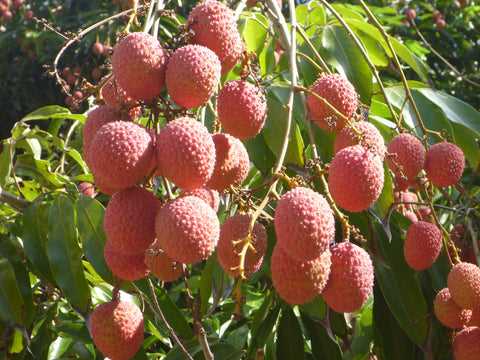
The time for harvesting lychee fruits varies depending on the variety and growing conditions. Ripe lychee fruits should be firm, bright in color, and easy to peel. Harvest the fruits carefully to avoid damaging them, as they can be easily bruised.
By considering these key factors and providing the necessary care, you can successfully grow and enjoy delicious lychee fruits from your own trees.
Soil and Climate Requirements for Lychee Plantation
The success of a lychee plantation depends on the appropriate soil and climate conditions provided to the plants. Here are the essential requirements for growing lychee:
Soil Requirements:
- Well-drained soil: Lychee plants prefer soil that is well-drained and does not retain excess water. Standing water can lead to root rot and other fungal diseases.
- Soil texture: Lychee plants thrive in sandy loam soil that is nutrient-rich and has good water-holding capacity without becoming waterlogged.
Climate Requirements:
- Temperature: Lychee plants flourish in tropical and subtropical regions. They require a long, warm growing season with temperatures between 70°F to 90°F (21°C to 32°C) for optimal growth.
- Chilling hours: Some lychee cultivars require a certain number of chilling hours in order to flower and fruit. These chilling hours must range from 100 to 200 hours per year, with temperatures below 45°F (7°C).
- Sunlight: Lychee plants need full sun exposure to develop a strong canopy and produce high-quality fruits. A minimum of 6 hours of direct sunlight is necessary for good growth and fruiting.
- Humidity: Lychees thrive in high humidity environments. They require a minimum relative humidity of 70% to maintain their foliage and prevent stress.
- Wind protection: Lychees are susceptible to wind damage, especially during storms and typhoons. It is essential to provide wind protection through proper planting methods and windbreaks.
By ensuring the correct soil and climate conditions for lychee plantation, you can create a favorable environment for the plants to grow, flower, and produce abundant fruits.
Pruning and Fertilization Techniques for Lychee Trees
Pruning Techniques
Pruning plays a vital role in maintaining the health and productivity of lychee trees. Here are some recommended pruning techniques:
- Formative Pruning: This type of pruning is done in the early stages of the tree’s growth to shape its structure. It involves removing weak, crossing, and competing branches to establish a strong framework for future growth.
- Thinning: Thinning is the process of selectively removing branches to improve light penetration and airflow within the tree canopy. This helps reduce diseases and promotes even fruit development.
- Deadwood Removal: Regularly removing dead or diseased branches helps prevent the spread of diseases and enhances the overall appearance of the tree.
- Size Control Pruning: This technique involves controlling the size of the tree by selectively pruning branches that are getting too long or too tall. It helps maintain the tree within a manageable height for easier harvesting and maintenance.
Fertilization Techniques
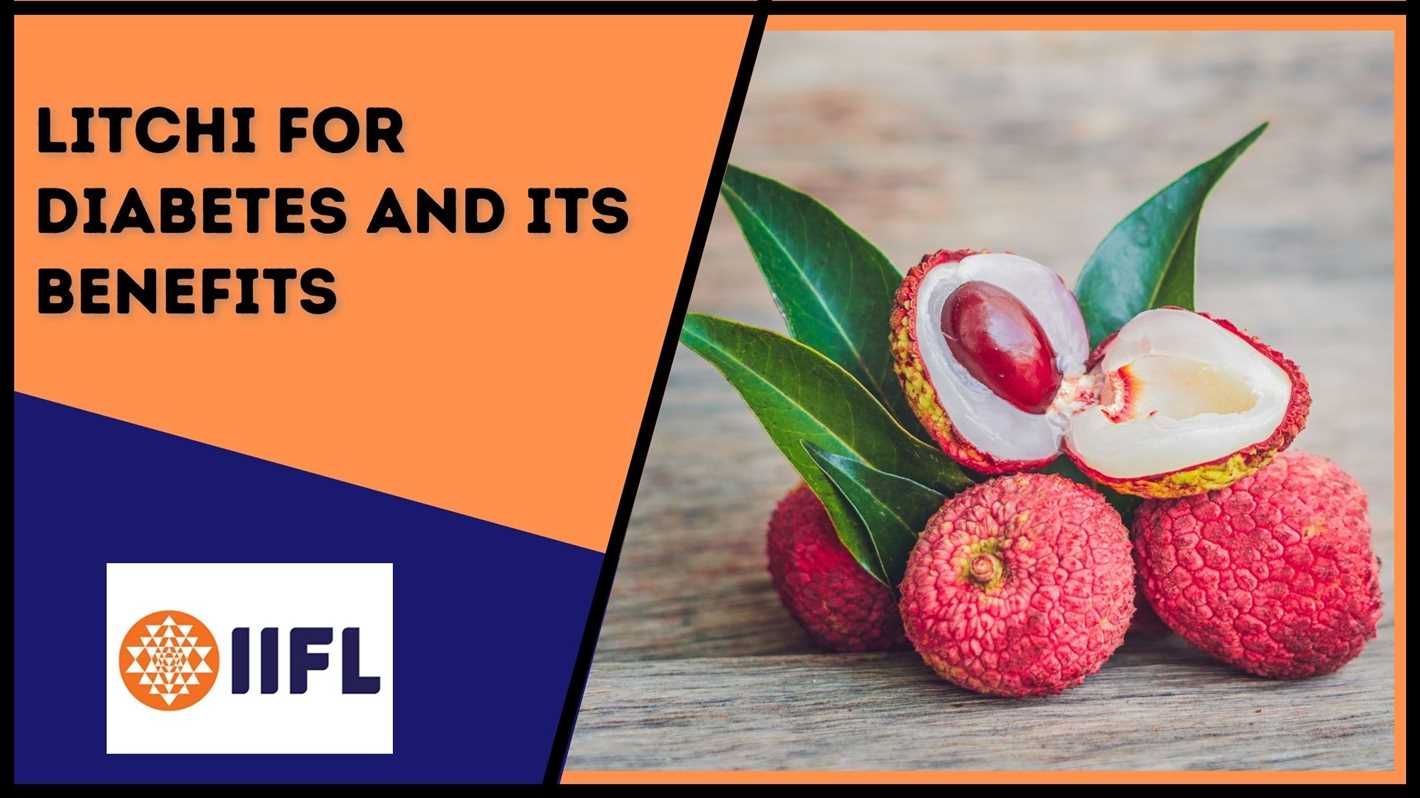
Fertilizing lychee trees is crucial to ensure optimal growth and fruit production. Consider the following fertilization techniques:
- Soil Testing: Conduct soil tests to determine the nutrient deficiencies and pH levels of the soil. This information will help you select the appropriate fertilizers and adjust the soil pH if needed.
- Organic Matter: Incorporate organic matter such as compost or well-rotted manure into the soil to improve its fertility and water-holding capacity.
- NPK Fertilizers: Use fertilizers with a balanced ratio of nitrogen (N), phosphorus (P), and potassium (K) specific to lychee tree requirements. Apply the fertilizer in accordance with the manufacturer’s recommendations.
- Slow-Release Fertilizers: Consider using slow-release fertilizers that gradually release nutrients over an extended period. This reduces the risk of nutrient leaching and provides a steady supply of nutrients to the tree.
- Foliar Feeding: Supplemental nutrient application through foliar spraying can be beneficial during the growing season. This method provides an immediate nutrient boost to the tree.
Conclusion
By practicing proper pruning and fertilization techniques, lychee tree owners can ensure the health and productivity of their trees. Regular pruning helps maintain a strong structure and improves air circulation, while appropriate fertilization provides the necessary nutrients for vigorous growth and abundant fruit production.
Common Pests and Diseases Affecting Lychee Plants
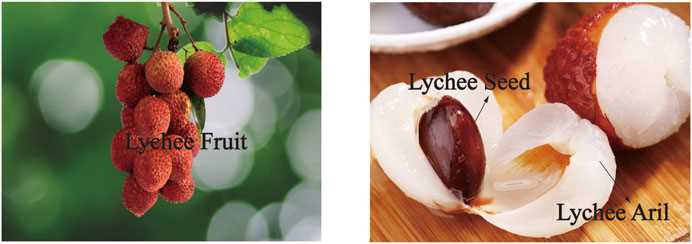
1. Lychee fruit borer (Conopomorpha sinensis):
- The lychee fruit borer is one of the most common pests affecting lychee plants.
- It is a small moth that lays eggs on ripe lychee fruits, and the larvae bore into the fruits, causing damage and often leading to fruit rot.
- Regular inspection of lychee fruits is necessary to detect and control the infestation.
- Practices like proper sanitation, pruning, and use of pheromone traps can help control the lychee fruit borer population.
2. Lychee erinose mite (Aceria litchii):
- The lychee erinose mite is a tiny mite that feeds on lychee leaves.
- It causes characteristic galls and distorted growth on the leaves, which can affect the overall health and productivity of the plant.
- Regular monitoring of the leaves and the use of miticides can help control the lychee erinose mite infestation.
3. Lychee stink bug (Tessaratoma papillosa):
- The lychee stink bug is a common pest that feeds on lychee fruits, causing damage and reducing the fruit quality.
- It is important to monitor the fruits during the early stages of development and use insecticides if necessary.
4. Anthracnose (Colletotrichum gloeosporioides):
- Anthracnose is a fungal disease that affects lychee fruits, causing dark, sunken lesions.
- It can lead to premature fruit drop and reduce the quality of the harvest.
- Good sanitation practices, regular pruning, and fungicide applications can help control anthracnose in lychee plants.
5. Root rot (Phytophthora spp.):
- Root rot is a common disease affecting lychee plants, especially in poorly drained soils.
- The disease is caused by various species of Phytophthora, which infect the roots and can lead to wilting and plant death.
- Proper soil drainage and avoiding overwatering can help prevent root rot in lychee plants.
By being aware of these common pests and diseases affecting lychee plants, growers can take necessary measures to prevent and control them, ensuring healthy and productive lychee cultivation.
Harvesting and Handling Lychee Fruit
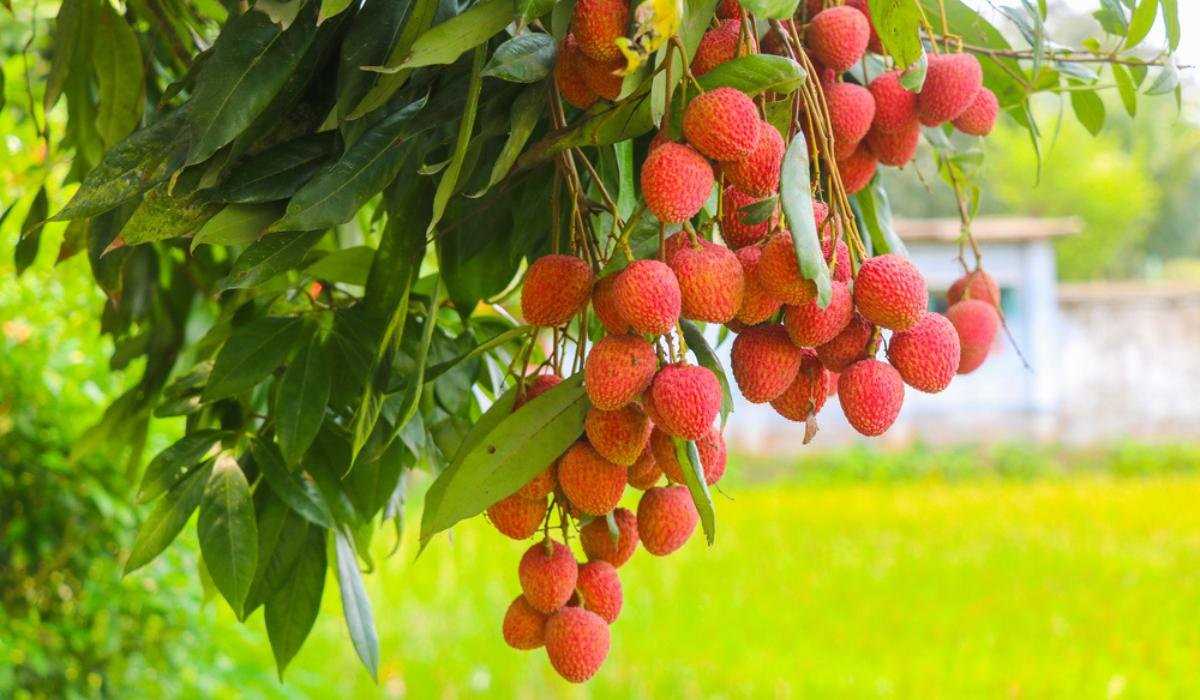
Harvesting lychee fruit at the peak of ripeness is crucial for ensuring optimal flavor and nutritional value. Here are some important steps to follow when harvesting and handling lychee fruit:
1. Timing
Lychee fruit is ready to be harvested when the skin turns from green to red or pinkish-red, depending on the variety. It is important to wait until the fruit fully ripens on the tree, as lychees do not continue to ripen after being picked.
2. Harvesting
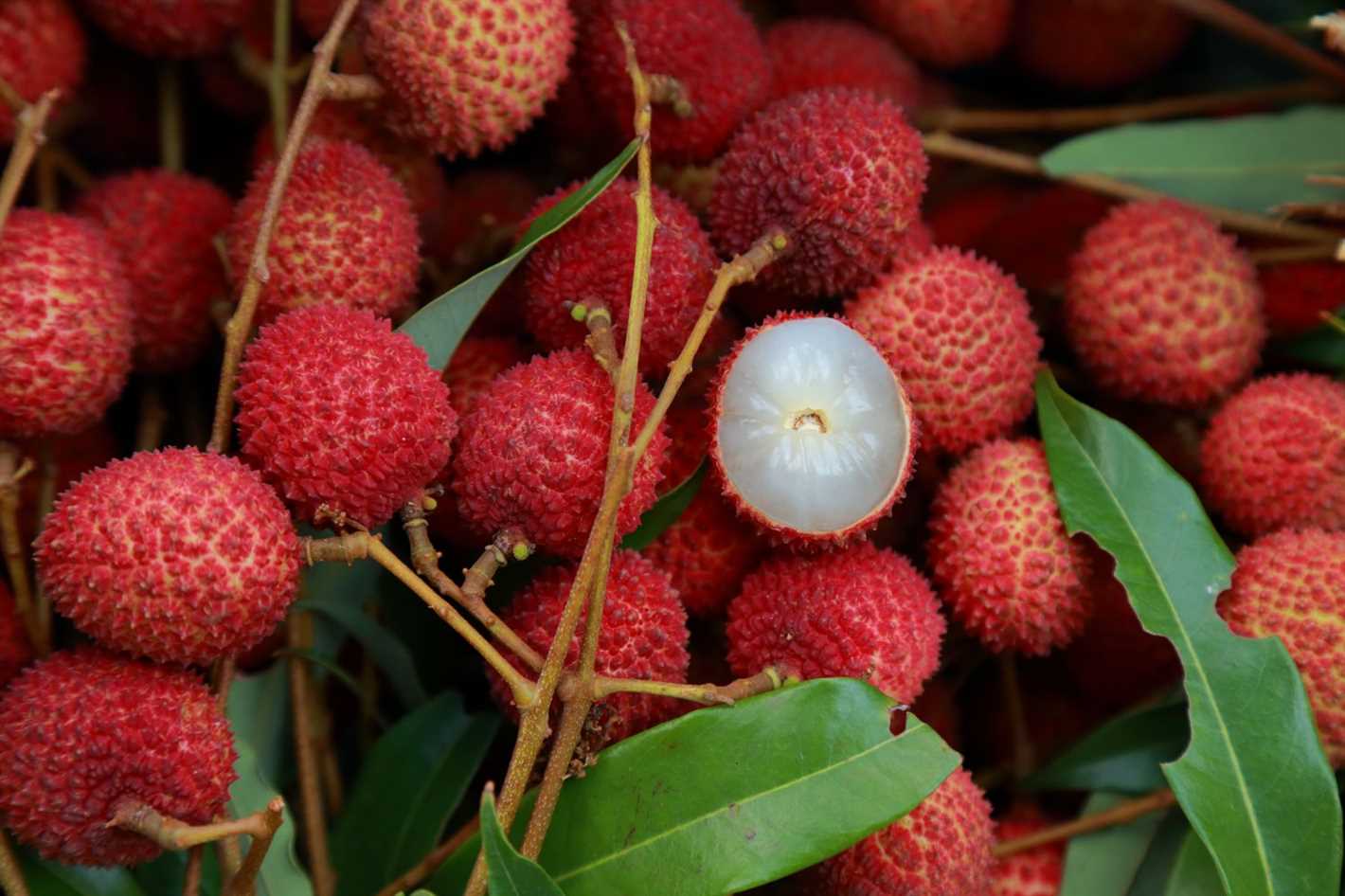
To harvest lychee fruit, gently twist or cut the stem that attaches the fruit to the tree. Avoid pulling or tugging on the fruit, as this can cause damage. It is recommended to use a pair of clippers or shears to ensure a clean cut.
3. Handling
Lychee fruit has a delicate skin, so it is important to handle them with care to prevent bruising. Avoid dropping or stacking the fruit, as this can cause damage. It is best to place the harvested fruit in a shallow container or basket to prevent squishing.
4. Storage
Lychee fruit is highly perishable and should be consumed or stored properly to maintain quality and flavor. Store the fruit in a cool, dry place or in the refrigerator. It is recommended to store lychees in a perforated bag or container to allow proper air circulation and prevent moisture buildup.
5. Cleaning
Before consuming or using lychee fruit, it is important to clean them properly. Gently rinse the fruit in cool water and pat them dry with a clean towel. This will remove any dirt, residues, or impurities from the skin.
6. Enjoying
Lychee fruit can be enjoyed fresh, added to fruit salads, desserts, or used as a garnish. To eat the fruit, simply peel off the skin and remove the seed. Lychees can also be frozen for later use in smoothies or as an icy treat on hot summer days.
By following these tips for harvesting and handling lychee fruit, you can ensure that you are getting the most out of this delicious and nutritious tropical fruit.
Health Benefits of Consuming Lychee
1. Rich Source of Antioxidants
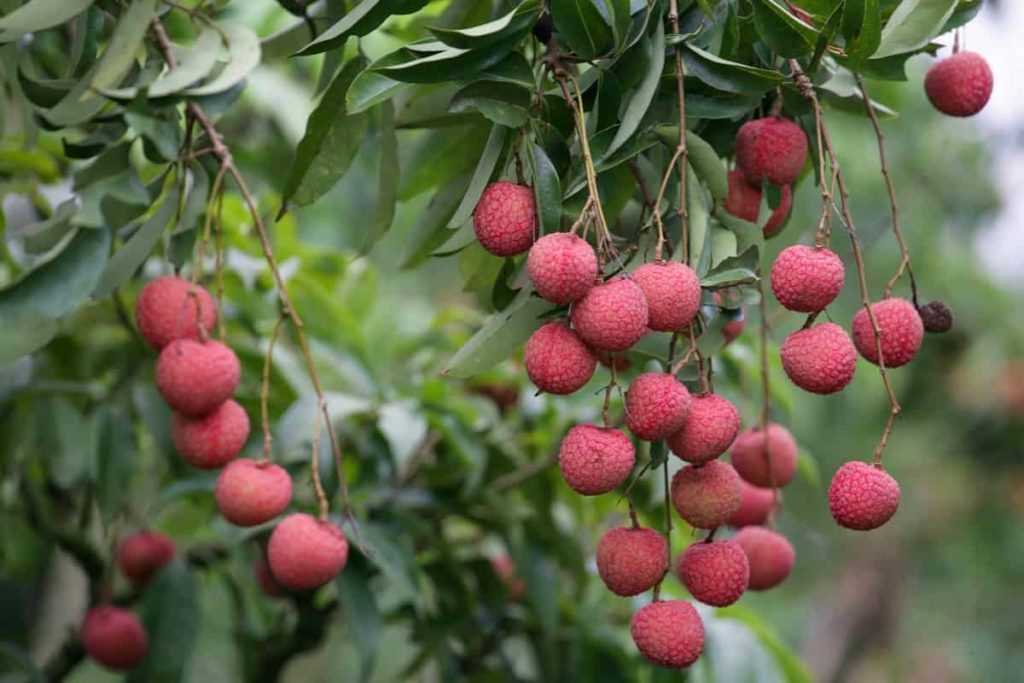
Lychee is a fruit that is packed with antioxidants, which help to protect the body against damaging free radicals. These antioxidants can help to prevent the formation of diseases such as cancer and heart disease.
2. Boosts Immunity
Consuming lychee regularly can boost your immune system, as it is rich in vitamin C. Vitamin C stimulates the production of white blood cells, which are essential for fighting off infections and diseases.
3. Improves Digestive Health
Lychee is a good source of dietary fiber, which can help to improve digestion and prevent digestive problems such as constipation. The fiber content also helps to regulate blood sugar levels.
4. Promotes Healthy Skin
Lychee contains vitamins and minerals that are beneficial for the health of your skin. The high vitamin C content helps to promote collagen production, which can improve the elasticity and appearance of your skin. Additionally, the antioxidants present in lychee can help to reduce signs of aging and protect the skin from damage caused by the sun and pollutants.
5. Boosts Brain Function
The antioxidants in lychee can also help to protect the brain from oxidative stress and improve cognitive function. Additionally, lychee contains nutrients such as vitamin B6 and folate, which play a crucial role in brain health.
6. Weight Loss Aid
Lychee is a low-calorie fruit that can be included in a weight loss diet. It is high in fiber and water content, which can help you feel full and satisfied without consuming too many calories.
7. Heart Health
Lychee contains potassium, which is essential for maintaining heart health. Potassium helps to regulate blood pressure and prevent conditions such as hypertension. The fiber content in lychee also helps to reduce cholesterol levels in the blood.
8. Cancer Prevention
Studies have shown that lychee contains compounds that have anti-cancer properties. These compounds can help to inhibit the growth of cancer cells and prevent the development of tumors.
- Consuming lychee regularly can provide a range of health benefits due to its high antioxidant content.
- It can boost immunity, improve digestive health, and promote healthy skin.
- Lychee also helps to boost brain function, aids in weight loss, and supports heart health.
- Additionally, it may have cancer prevention properties.
Include lychee in your diet to enjoy its numerous health benefits and add a delicious and nutritious fruit to your meals.
Incorporating Lychee into Your Diet: Recipes and Ideas
Fresh Lychee Salad
A refreshing and healthy way to enjoy lychee is by incorporating it into a fresh salad. Here’s a simple recipe to try:
- Gently peel and remove the pit from fresh lychee fruit.
- Combine lychee with mixed greens, sliced cucumbers, and cherry tomatoes in a bowl.
- Add a sprinkle of feta cheese and a handful of nuts for extra crunch.
- Dress the salad with a vinaigrette made from olive oil, lemon juice, salt, and pepper.
- Toss everything together and enjoy a refreshing lychee salad as a side dish or a light meal.
Lychee Smoothie
A delicious and easy way to incorporate lychee into your diet is by making a refreshing lychee smoothie. Here’s a simple recipe:
- In a blender, combine fresh lychee fruit, your favorite yogurt, a splash of milk, and a drizzle of honey for sweetness.
- Add a handful of ice cubes to make it chilled and blend until smooth.
- Pour the lychee smoothie into a glass and garnish with a sprig of mint or a lychee fruit for an extra touch.
Lychee Infused Water
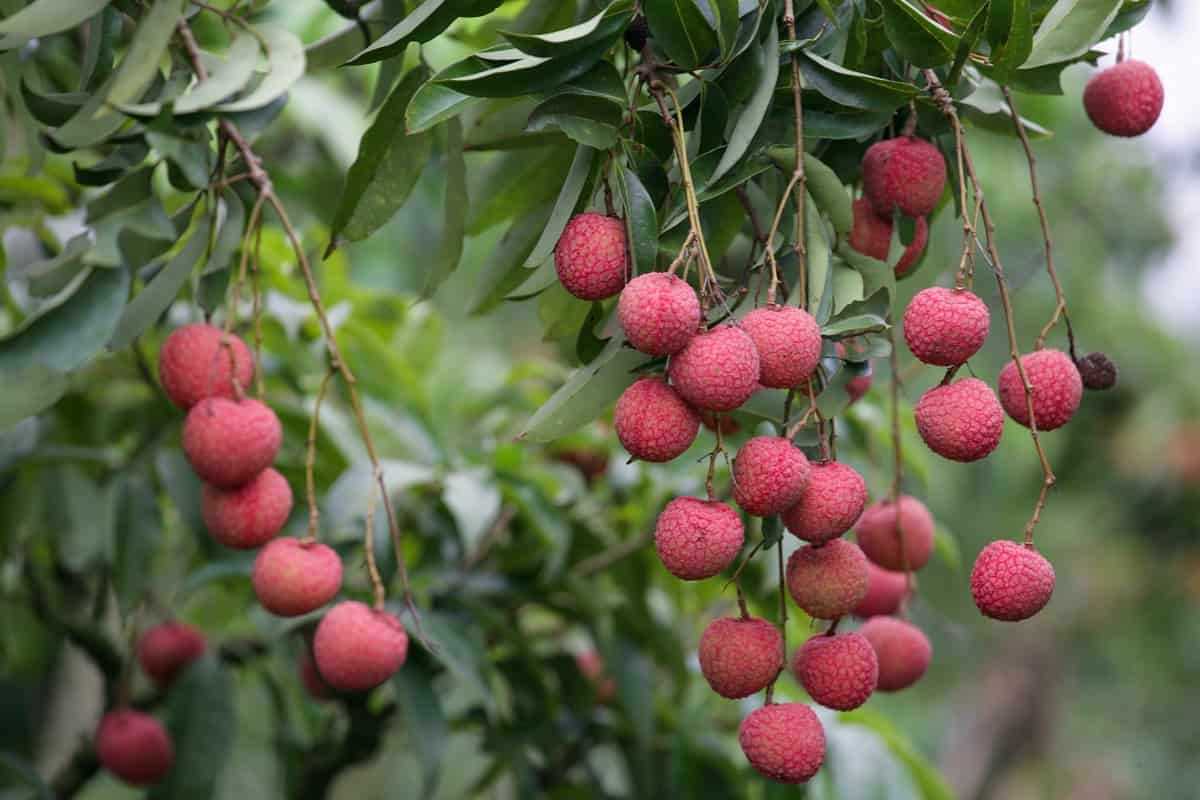
If you’re looking for a refreshing and hydrating drink, lychee-infused water is a great option. Here’s how to make it:
- Peel and pit fresh lychee fruit.
- Add lychee fruit to a pitcher of cold water.
- Let it infuse for a few hours in the fridge.
- Once infused, you can add a few ice cubes and enjoy the flavorful lychee-infused water throughout the day.
Lychee and Shrimp Stir-Fry
Lychee can also be incorporated into savory dishes like stir-fries. Here’s a simple recipe:
- In a wok or a large frying pan, heat some oil and sauté minced garlic and chopped onions until fragrant.
- Add peeled and deveined shrimp to the pan and cook until they turn pink.
- Add sliced lychee fruit and stir-fry for a few minutes until cooked through.
- Sprinkle with soy sauce, a squeeze of lime juice, and a pinch of salt and pepper.
- Serve the lychee and shrimp stir-fry over steamed rice or noodles for a delicious and exotic meal.
| Nutrient | Benefits |
|---|---|
| Vitamin C | Boosts immune system, promotes collagen production |
| Antioxidants | Protects against free radicals, supports healthy aging |
| Potassium | Regulates blood pressure and promotes heart health |
| Fiber | Aids in digestion and promotes satiety |
| B-complex vitamins | Supports energy production and brain health |
Q&A:
What is lychee?
Lychee is a tropical fruit that is native to Southeast Asia. It has a rough, spiky skin and a sweet and juicy flesh. The fruit is known for its aromatic flavor and is often used in various cuisines.
How is lychee cultivated?
Lychee trees are usually grown in tropical and subtropical regions. The cultivation process involves selecting the right variety of lychee, preparing the soil, planting the trees, and providing proper care and maintenance. The trees require regular watering, pruning, and protection from pests and diseases.
What are the health benefits of lychee?
Lychee is not only delicious but also nutritious. It is a rich source of vitamin C, which helps boost the immune system and fight off infections. The fruit is also packed with antioxidants, which can help protect against cell damage and reduce the risk of chronic diseases. Additionally, lychee has a good amount of dietary fiber, which aids in digestion and promotes a healthy digestive system.
Can lychee be consumed by people with diabetes?
Lychee can be consumed by people with diabetes, but it should be done in moderation. The fruit has a relatively high sugar content, so it is important to monitor blood sugar levels and adjust the intake accordingly. It is also advisable to consume lychee along with other foods that have a low glycemic index to minimize the impact on blood sugar levels.
When is the lychee season?
The lychee season varies depending on the region, but it generally falls between May and August. During this time, lychee fruits are ripe and ready to be harvested. It is best to enjoy lychee when it is in season as the fruit is at its peak flavor and freshness.
Video:
Answering the question: How big does a lychee tree need to be in order to produce fruit?







